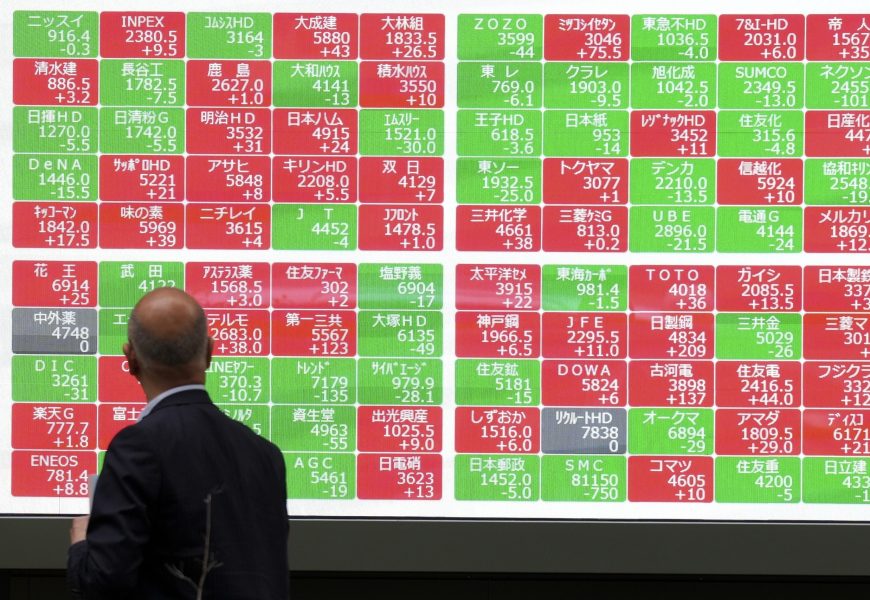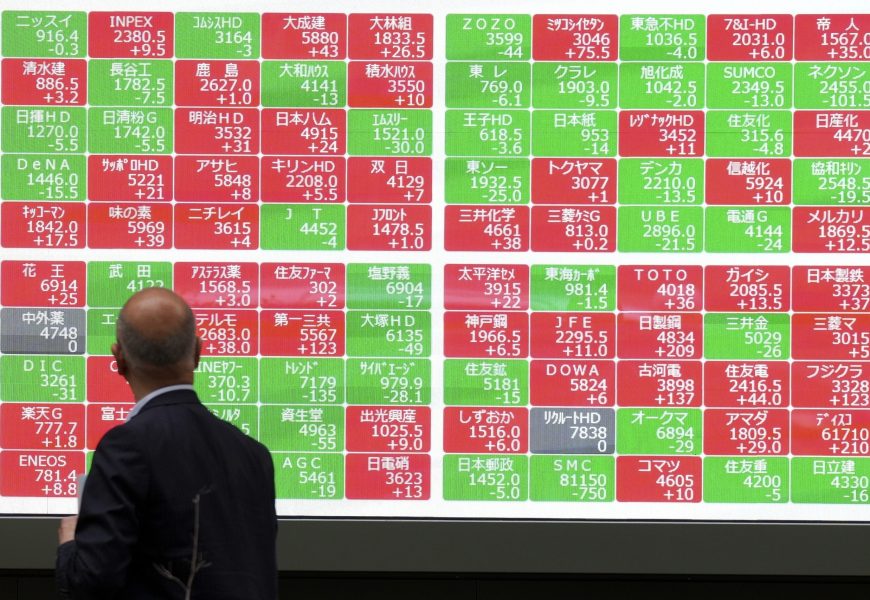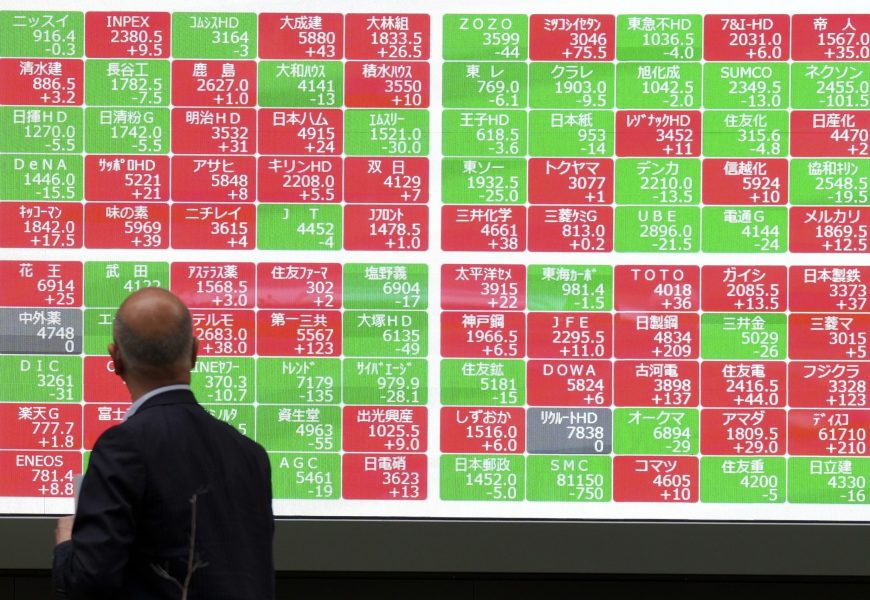On Friday, the S&P 500 sank 1.7% for its worst day in two months, closing at 6,013.13, after several weaker-than-expected reports on the U.S. economy. The Dow Jones Industrial Average dropped 748 points, or 1.7%, to 43,428.02, while the Nasdaq composite tumbled 2.2% to 19,524.01.
A report from S&P Global suggested U.S. business activity is close to stalling, with growth slowing to a 17-month low as activity unexpectedly shrank for U.S. services businesses. Many in the survey reported pessimism over the future.
"Companies report widespread concerns about the impact of federal government policies, ranging from spending cuts to tariffs and geopolitical developments," said Chris Williamson, chief business economist at S&P Global Market Intelligence. "Sales are reportedly being hit by the uncertainty caused by the changing political landscape, and prices are rising amid tariff-related price hikes from suppliers."
“We have factored rising U.S. tariffs and related countermeasures into our forecasts since December 2024, with trade weakness the primary cause of the projected slowdown in quarter- over-quarter global real GDP growth rates this year. Weaker investment is a key downside risk," Ken Wattret, a global economist at S&P Global, said in a report.
A separate report said U.S. consumers are bracing for higher inflation, in part because of potential tariffs that could raise prices for all kinds of imports. They're broadly expecting prices to be 4.3% higher 12 months from now, which is a big jump from their forecast of 3.3% inflation last month, according to a survey by the University of Michigan. That fits with preliminary data in the survey earlier this month.




